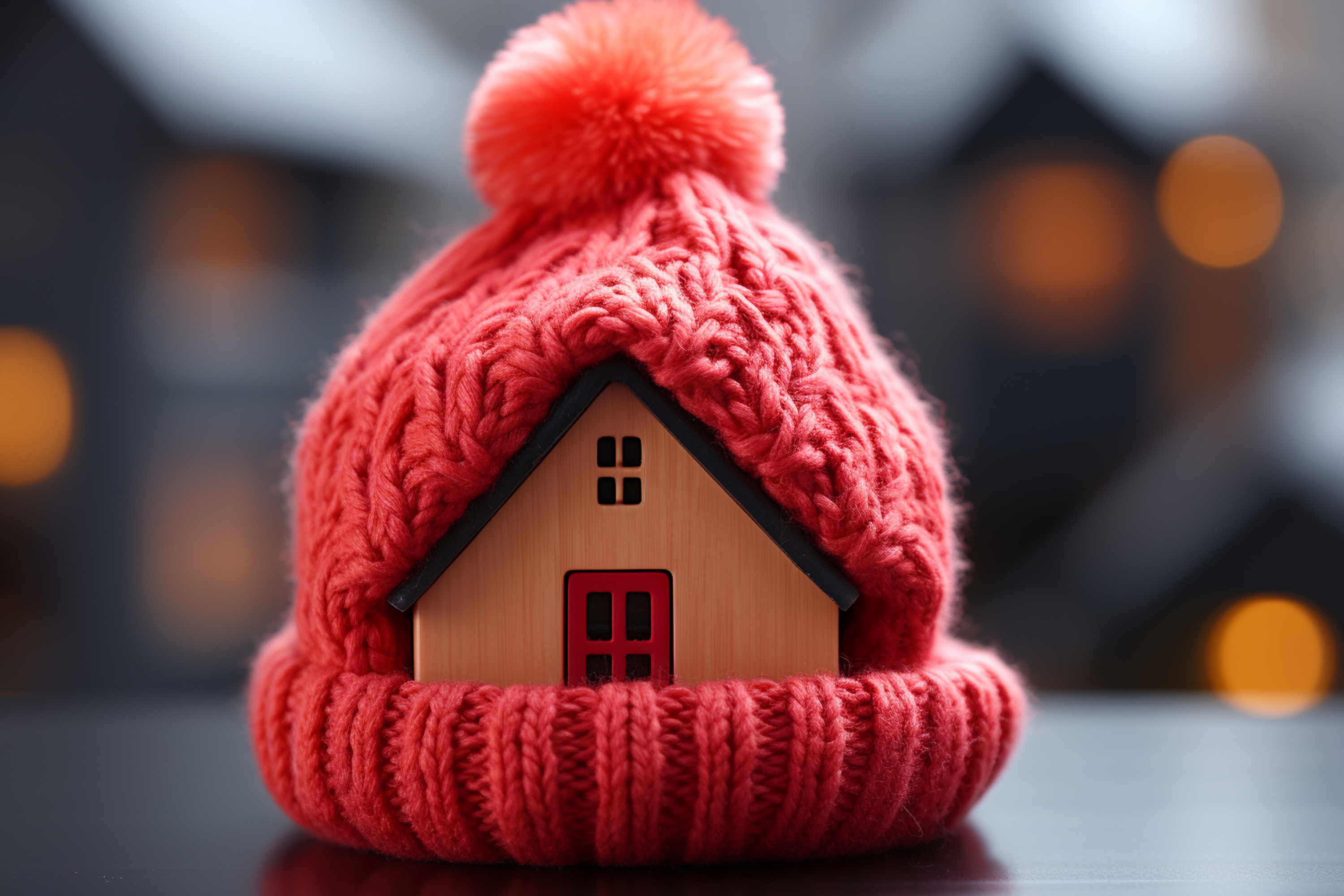· energy efficient home upgrades · 5 min read
Comprehensive Guide to Weatherization
Weatherization is the practice of protecting a building and its interior from the elements, particularly from sunlight, precipitation, and wind.

What is Weatherization
Weatherization, often referred to as weatherproofing, is the process of modifying a building to shield it from external elements like sunlight, precipitation, and wind. This not only ensures the building’s durability but also optimizes its energy efficiency. Given that nearly half of all U.S. homes were constructed before the implementation of modern building energy codes, they often lack adequate insulation, leading to significant energy wastage.
How does weatherization help my home?
- Energy Savings: Proper weatherization can drastically cut down on energy consumption, translating to reduced utility bills. In fact, building retrofits can curtail energy usage by 50% or even more.
- Comfort and Passive Survivability: A well-insulated home can maintain a comfortable indoor temperature for extended periods, even during power outages. This is especially crucial during extreme weather events.
- Health: By minimizing the intrusion of outdoor pollutants, weatherization can enhance indoor air quality, which is beneficial for individuals with allergies or respiratory conditions.
What weatherization incentives are available?
Energy-Efficient Home Improvement Credit: This credit facilitates homeowners in claiming up to 30% of the cost, capped at $1200, for a range of weatherization measures. This encompasses various insulation materials and products designed to seal air leaks.
HEEHRA: Tailored for low to moderate-income households, HEEHRA underscores the importance of insulation and sealants. It also encompasses certain ventilation projects. For a detailed breakdown and eligibility criteria, refer to EnergyEfficientRebate.com, where we have a breakdown of what we know about HEEHRA.
State Level Incentives: Numerous state governments and local utilities extend rebates for weatherization, recognizing its cost-effectiveness and potential for energy savings. Explore the Database of State Incentives for Renewables & Efficiency to discover incentives in your state.
Weatherization Assistance Program (WAP): This federal program assists low-income families in improving the energy efficiency of their homes, fostering healthier living conditions and reducing energy bills. You can learn more about how to apply here
Understanding the Chimney Effect and How to Counteract It
The chimney effect, also known as the stack effect, is a phenomenon where warm air rises and escapes through leaks in the attic, consequently drawing in cooler air through gaps in the basement. This cycle can significantly increase energy consumption. To mitigate this, it’s crucial to identify and seal any leaks in both the attic and basement, thereby enhancing your home’s energy efficiency.
Strategies for Adding Attic Insulation
Insulating the attic stands as a pivotal task in weatherization, potentially being the most significant contributor to energy savings. While many aspects of this task are suitable for DIY, some might necessitate professional expertise. If you’re contemplating a DIY approach, the Energy Star DIY guide can be a valuable resource. However, if in doubt, don’t hesitate to consult with a professional.
When it comes to the amount of insulation needed, it’s dictated by the R-Value, with the recommended level being R-38 or approximately 10 to 14 inches, depending on the type of insulation. You can choose from various options such as rolls, rigid boards, or spray-in insulation. For competitive pricing options, visit www.insulation4us.com.
Guidelines for Sealing Gaps and Cracks
Sealing gaps and cracks is a vital yet cost-effective DIY project that can significantly reduce energy leakage and save on utility bills. Before embarking on this project, it’s essential to identify the size and location of the gaps to select the most suitable sealing material. Here are some guidelines to help you choose the right material:
Caulk:
- For Small Gaps (up to 1/4”): Silicone or acrylic latex caulk is the preferred choice. It’s flexible and ideal for sealing areas around windows, doors, and other small openings.
- For Furnace Flue: To prevent heat escape around the furnace flue, opt for high-temperature caulk.
Spray Foam:
- For Gaps up to 1”: Expanding spray foam is excellent for sealing gaps up to 1 inch.
- For Larger Gaps (up to 3”): This type of foam is also suitable for sealing larger gaps.
For more details, refer to our Foam Spray Insulation Buying Guide.
Additional DIY Measures for Energy Conservation
Focusing on certain areas can have a substantial impact on your utility bills by preventing energy wastage. Here are some additional DIY measures you can undertake:
Rim Joists and Basement:
- Significance: Rim joists are often susceptible to air leakage and heat loss.
- Solution: Seal the inside cavity of the rim joist and other areas using appropriate materials.
Windows and Doors:
- Windows: Identify leaks using a candle or incense stick or by feeling for drafts. Seal any gaps with suitable sealants or consider using Window Insulation Kits like the ones by Frost King or Duck
- Doors: Inspect for drafts and gaps and apply weatherstripping and door sweeps to seal any openings.
Garages:
- Insulation: Enhance your garage’s insulation using Garage Door Insulation Kits like this one from Reach Barrier and weather strips. Door sweeps can also be utilized to ensure a tight seal on garage doors.
Conclusion
Weatherization is a vital aspect of home maintenance that offers numerous benefits, from energy savings to increased comfort and home value. By understanding the various methods and materials available, homeowners can take proactive steps to enhance their home’s energy efficiency. Whether tackling small gaps with caulk or insulating an entire attic, these improvements contribute to a greener planet and lower utility bills.